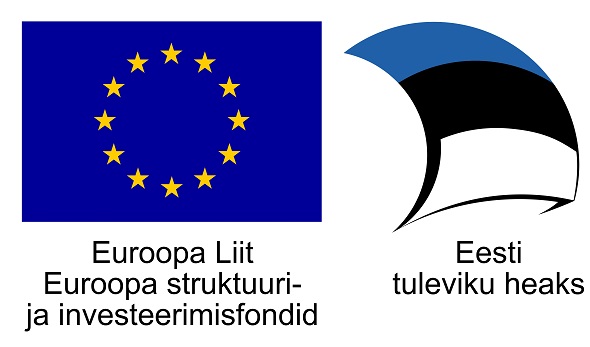The Estonian National Museum
The Estonian National Museum(ENM founded in1909) collects, preserves and studies Estonian culture, the cultures of all nationalities living in Estonia and that of Finno-Ugric peoples. These are a unique part of European cultural heritage, and folk patternsin particular are without doubt an important part of this heritage.
As a result of close collaboration between the museum and enterprises, patterns from the museum’s collection have found their way onto shirts, gumboots, jewellery and sneakers. These patterns arean important aspect of Estonianhistory and thanks to creative enterprises the diversityand uniqueness of our cultural by Estonians and foreignersalike. The museum supports this kind of creative entrepreneurship.
In addition, the museum staff also conduct training sessions; for example, it was as a result of the “Employed through handicraft” (Käsitööga tööle) project that the women of the non-profit association “Tule-Loo” established their own business producing a variety of items ranging from jewelleryand patchwork quilts to umbrellas and clothing. All of these feature elements of folkart are made by hand.
The museum encourages cultural tourism
The museum also supports the development of cooperation with tourist enterprises and through this they contribute to the development of Estonian cultural tourism. The issue of a new building for the Estonian National Museum has highlighted the need to entice more culturally minded tourists to the museum, aswell as to Tartu and South Estonia in general. This inturn requires more consistentand much more varied collaboration with guides,tourism companies and cultural institutions.
At the instigation of the ENMa cultural tourism conference and package factory (Paketivabrik) was organised. This was a seminar aimed at tourism enterprises to demonstrate how existing services can be improved and value can beadded. By creating synergy between tourism enterprises, accommodation providers,guides and other cultural institutions in Tartu and TartuCounty better results can be achieved.
The museum is also active in a number of other areas. For example, they sell products inspired by pieces in the collection, such as their lighter in the shape of a deity from thefolklore of Setomaa or their two-year calendar. The latter features pieces from the silverand textiles collections.By using our collections in this way we can provide items for our visitors to buy thathave real value since they celebrate our cultural heritage in a meaningful way through quality products.





